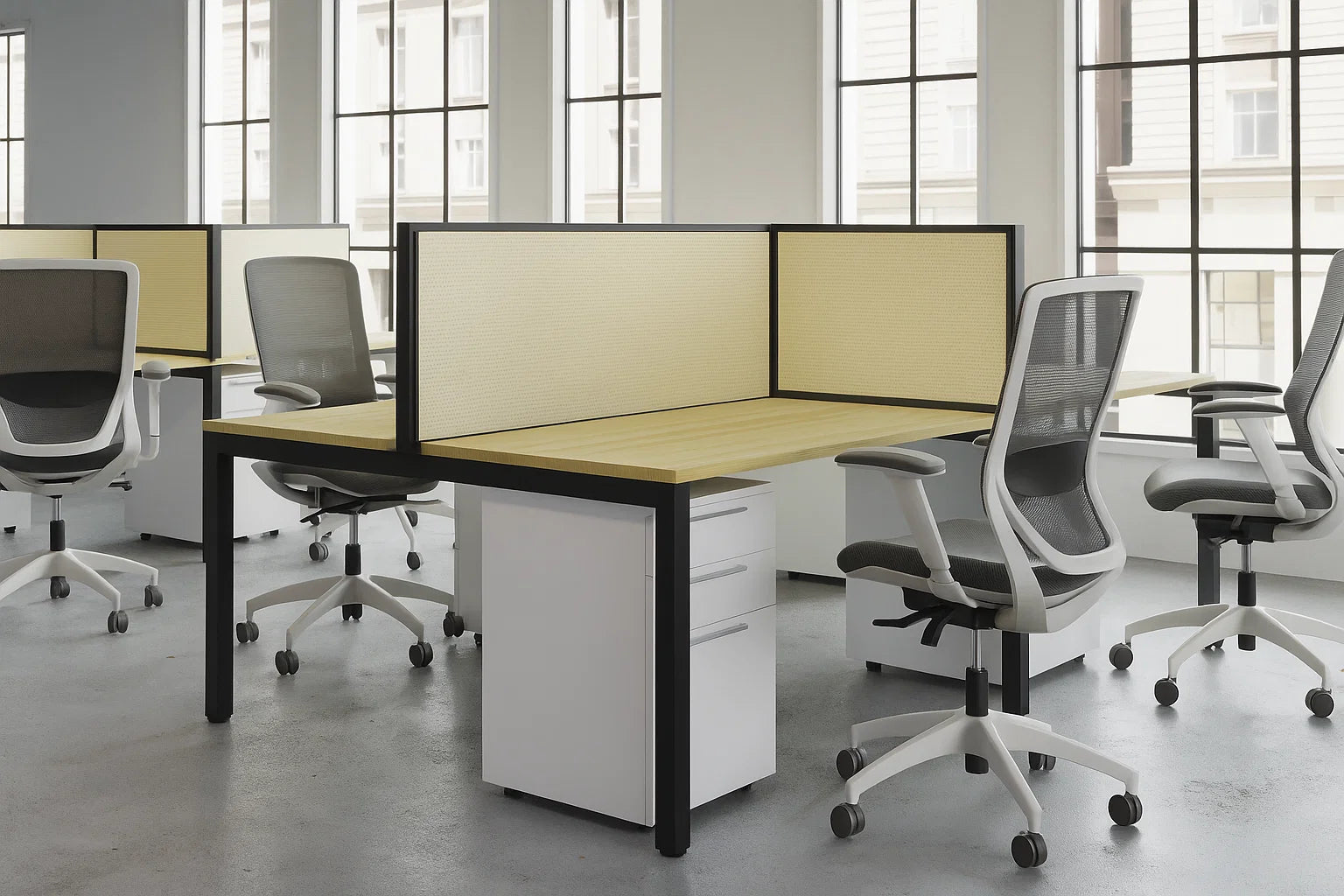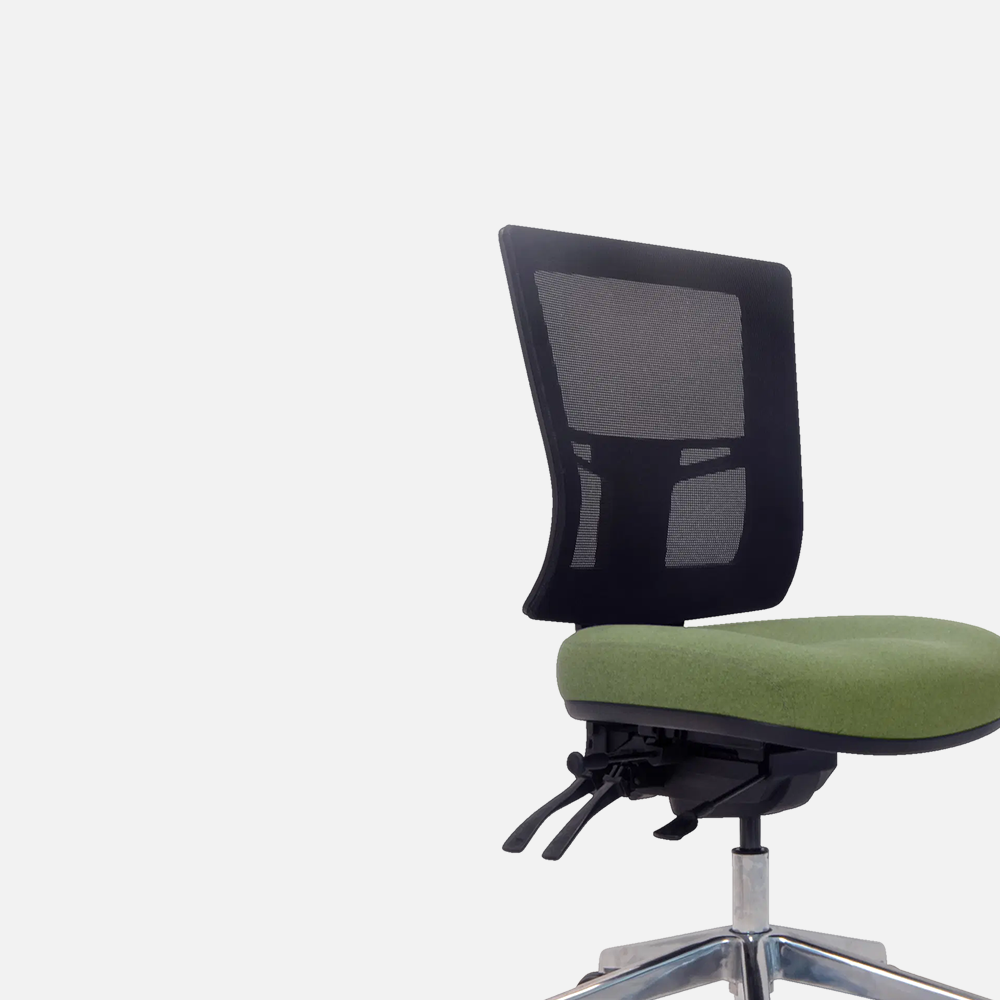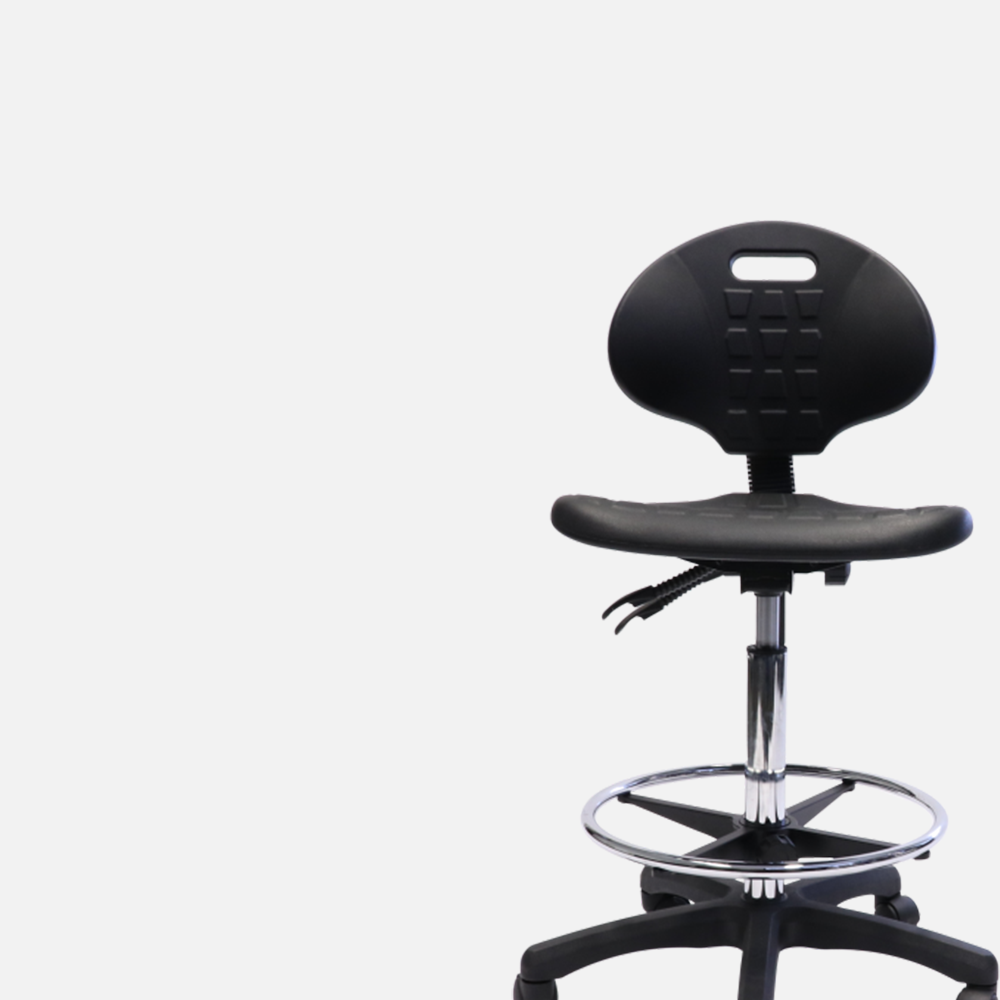Selecting the right office chair is about more than just comfort — it’s about ensuring long-term wellbeing, productivity, and proper support throughout your workday. In Australian workplaces today, buyers and fitout specifiers frequently encounter terms like height adjustable chair, 2 lever office chair, 3 lever ergonomic office chair, or 4 lever office chair.
But what do these terms actually mean — and how do the different adjustments support your body at work?
In this guide, we’ll break it down clearly. You’ll learn how each lever affects sitting comfort and function — and how to choose the right option for your business, school, or government workspace.
As the Human Factors and Ergonomics Society of Australia notes, adjustable seating is essential to support varied postures and reduce the risk of discomfort or injury during prolonged desk work.
Key Office Chair Levers Explained
Most ergonomic office chairs include up to four main levers, which adjust different parts of the chair:
| Lever | Function | Purpose |
|---|---|---|
| 1️⃣ Seat Height | Raises or lowers seat | Ensures feet rest flat on the floor; promotes leg circulation |
| 2️⃣ Backrest Tilt / Recline | Adjusts backrest angle | Enables dynamic sitting; supports varied postures |
| 3️⃣ Seat Tilt (Forward / Flat) | Tilts entire seat | Supports leaning forward; improves hip and lower back comfort |
| 4️⃣ Backrest Height or Seat Slide | Adjusts backrest height or seat depth | Provides lumbar support or ensures thigh clearance for leg circulation |
Let’s explore each type of chair in more detail — and how these terms appear in Australian search and purchasing trends.
Height Adjustable Chair
Nearly all quality office chairs today are height adjustable. The height adjustment lever controls the pneumatic gas lift inside the chair base.
How it works:
- Pull the lever up while seated to lower the seat.
- Pull the lever up while standing (or with no weight on the seat) to raise the chair.
Purpose:
- Allows your feet to rest flat on the floor.
- Maintains approximately 90° knee angle to reduce strain and promote blood flow.
- Essential for matching seat height to desk height.
Common references:
The height adjustable chair is frequently searched and specified as a: height adjustable office chair, adjustable height desk chair, ergonomic chair with height adjustment, or gas lift office chair.
Best for:
- All work environments: business, education, government.
- Suitable as a baseline feature for OH&S-compliant seating.
2 Lever Chair
A 2 lever office chair offers basic ergonomic adjustment for standard use.
Typical levers:
- Seat Height Adjustment
- Backrest Tilt / Recline Adjustment
Purpose:
- Provides flexibility in seat height and back support angle.
- Encourages varied postures while seated.
How it works:
The backrest tilt lever allows you to recline the backrest and lock it at a comfortable angle, supporting dynamic sitting — an important factor in workplace wellbeing.
The 2 lever chair is commonly referenced as:
2 lever office chair, basic ergonomic chair, height and backrest adjustable chair.
Best for:
- Hot-desking environments.
- Basic office workstations.
- Shorter-duration seating needs (up to 3–4 hours/day).
3 Lever Chair
A 3 lever office chair offers enhanced ergonomic flexibility — popular for longer work periods and task-intensive roles.
Typical levers:
- Seat Height Adjustment
- Backrest Tilt / Recline Adjustment
- Seat Tilt (Forward Tilt / Flat Adjustment)
Purpose:
- Supports a wider range of postures.
- The forward tilt option enables improved alignment of the pelvis and lower back — ideal for typing, drafting, and task-focused work.
- Allows precise adjustment of the seat pan angle for comfort across different tasks.
The 3 lever chair is commonly referenced as:
3 lever ergonomic office chair, forward tilt office chair, multi-adjustable office chair, ergonomic task chair with tilt.
Best for:
- Professional office environments.
- Government and education sector fitouts.
- OH&S-compliant workstations for extended daily use.
4 Lever Chair
A 4 lever office chair provides the highest level of ergonomic adjustability, allowing a fully customised seating experience.
Typical levers:
- Seat Height Adjustment
- Backrest Tilt / Recline Adjustment
- Seat Tilt (Forward Tilt / Flat Adjustment)
- Backrest Height Adjustment or Seat Slide Adjustment (depending on model)
Purpose:
- Backrest height adjustment enables correct positioning of the lumbar support to suit different body types.
- Seat depth (seat slide) adjustment ensures appropriate clearance behind the knees — supporting leg circulation and posture.
- Provides a tailored ergonomic fit for long periods of sitting.
Features such as seat tilt, backrest recline, and backrest height adjustment help promote movement and reduce static postures, aligning with recommendations from the European Agency for Safety and Health at Work on managing musculoskeletal risks.
The 4 lever chair is commonly referenced as:
4 lever ergonomic office chair, multi-lever office chair with seat slide, fully adjustable task chair, OH&S compliant office chair Australia.
Best for:
- Executive offices.
- Ergonomically critical roles (such as call centres, government task seating, control rooms).
- Staff who require full personal adjustment for long hours of seated work.
Summary: Which Chair Type is Right for Your Workplace?
| Chair Type | Typical Levers | Ideal Usage | Common Keywords |
|---|---|---|---|
| Height Adjustable Chair | Seat Height | All workplaces | height adjustable office chair |
| 2 Lever Chair | Seat Height + Backrest Tilt | General office seating | 2 lever office chair |
| 3 Lever Chair | Seat Height + Backrest Tilt + Seat Tilt | Task seating; OH&S | 3 lever ergonomic office chair |
| 4 Lever Chair | Seat Height + Backrest Tilt + Seat Tilt + Backrest Height or Seat Slide | Premium ergonomic fit | 4 lever ergonomic office chair |
Explore the fundamental of selecting the most suitable Office Chair in our Comprehensive Research Report on Ergonomic Office Chairs and Task Seating
Final Thoughts
Choosing the right office chair — whether a height adjustable chair, 2 lever, 3 lever, or 4 lever model — plays a major role in staff comfort, wellbeing, and productivity. The more time users spend in a chair each day, the more important it becomes to provide full ergonomic adjustability.
Data from the Australian Institute of Health and Welfare shows that musculoskeletal conditions are one of the most common causes of workplace injury and lost productivity — making ergonomically supportive seating a smart investment for any organisation.
For buyers in the business, education, and government sectors in Australia, understanding these differences can help you create safe, compliant, and comfortable workplaces.
👉 Explore our range of ergonomic task chairs to find the perfect fit for your organisation.









Leave a comment
This site is protected by hCaptcha and the hCaptcha Privacy Policy and Terms of Service apply.